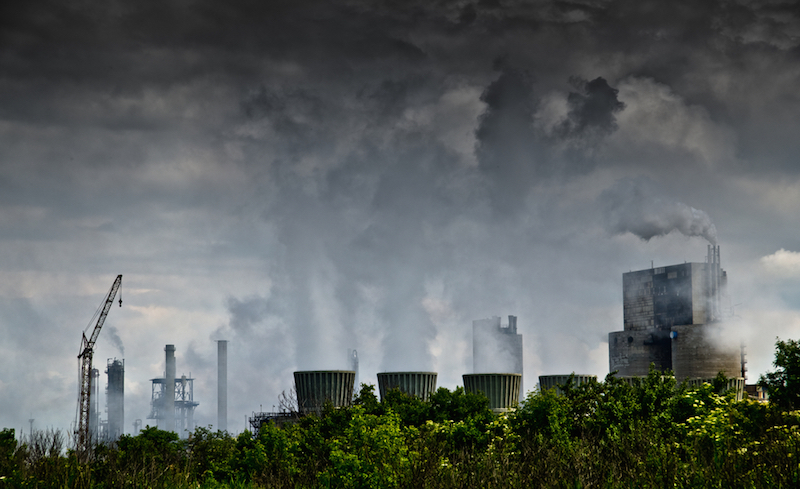Environment
Scientists stumble upon way to turn carbon dioxide into ethanol

Image: Balu/Shutterstock
A team of scientists recently published in the journal Chemistry Select have stumbled upon a way to transform carbon dioxide into ethanol through an electrochemical process. The group, from Tennessee’s Oak Ridge National Laboratory, was looking for a different result when they accidentally found the method, according to lead study author, Adam Rondinone.
How does it work?
Rondinone explains that the process turns the heat-trapping greenhouse gas, carbon dioxide, into a fuel that is affordable, very efficient, and also scalable – meaning it can remove carbon dioxide from the air. This discovery may prove very beneficial in future waste-to-fuel technologies that “transform carbon emissions from coal and natural gas power plants into ethanol,” says the study team. The transformation occurred when the team used “a catalyst made from carbon, copper and nitrogen and then applied voltage.” A reversal of the combustion process ensued in the form of a complex chemical reaction.
The conversion process easily works at room temperature, which requires very little energy expense to begin and later stop the process. In addition, common materials are used, such as copper and carbon, resulting in ethanol, a fuel that is already widely used. It can also be stored easily for use in times of fluctuation during future renewable energy generation.
It isn’t the first, but it’s the best so far
Although this is the most advantageous method to date, it isn’t the first time scientists have discovered ways to create ethanol from unusual processes – nor the first time they’ve found ways to suck carbon dioxide out of the atmosphere. The “bionic leaf” artificial photosynthesis discovery also transforms carbon dioxide into ethanol with the use of sunlight, while another similar type of process uses sunlight to convert carbon dioxide into fuel and other products such as pharmaceuticals and biodegradable plastics. Faux trees, which proponents claim use photosynthesis even more efficiently than real trees to remove carbon dioxide from the air, have also been in the works.
With these and other types of ongoing research, we can look forward to many innovative earth-preserving and energy-making solutions for our climate and clean fuel needs.





0 comments